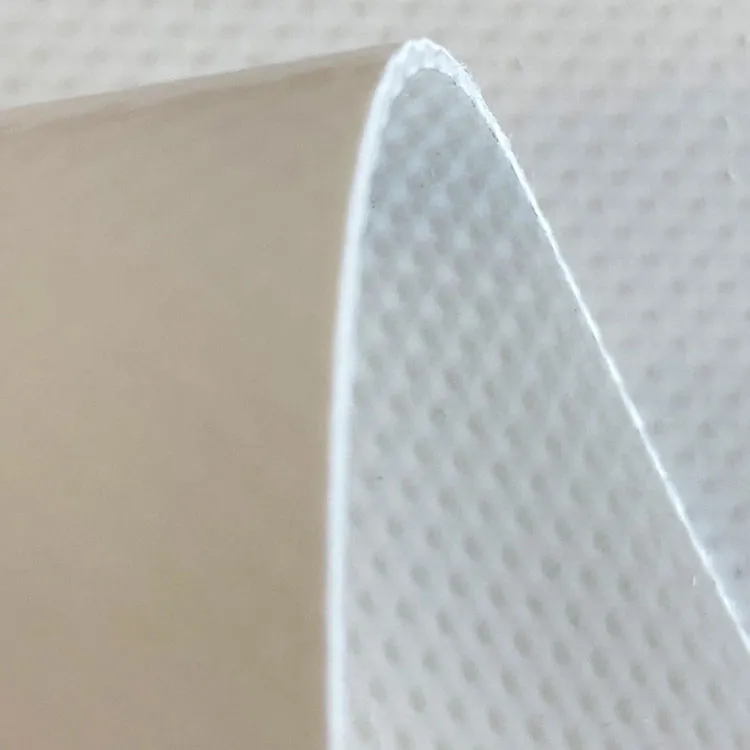Sustainability in Focus: The Eco-Friendly Benefits of Architectural Membranes
2024-08-09
Introduction
In an era where sustainability is a top priority in the construction industry, architectural membranes are emerging as a key player in the move towards greener building practices. These membranes, made from materials like ETFE, PTFE, and PVC, offer a range of eco-friendly benefits that make them an attractive option for architects and builders committed to reducing their environmental impact. This blog will delve into the sustainable aspects of architectural membranes and how they contribute to more eco-conscious construction.

The Environmental Impact of Traditional Building Materials
Traditional building materials such as concrete, steel, and glass are associated with significant environmental drawbacks:
- High Carbon Footprint: The production of concrete and steel is energy-intensive and generates large amounts of CO2, contributing to climate change.
- Resource Depletion: The extraction and processing of raw materials for these traditional building materials can lead to habitat destruction, water pollution, and depletion of natural resources.
- Waste Generation: Construction and demolition activities generate vast quantities of waste, much of which ends up in landfills.
How Architectural Membranes Address Sustainability
Architectural membranes offer a sustainable alternative to traditional building materials by addressing these environmental concerns in several ways:
- Low Carbon Footprint: The production of architectural membranes generally requires less energy than traditional materials, resulting in a lower carbon footprint. Additionally, the lightweight nature of membranes reduces transportation emissions.
- Resource Efficiency: Membranes use fewer raw materials compared to concrete or steel, minimizing the environmental impact associated with resource extraction. Their ability to cover large spans with minimal material further enhances resource efficiency.
- Energy Efficiency: Many architectural membranes, particularly ETFE, have excellent light transmission properties, reducing the need for artificial lighting and thereby lowering energy consumption. Some membranes also provide effective thermal insulation, further enhancing energy efficiency.
- Recyclability: Architectural membranes are often recyclable at the end of their life cycle, reducing the amount of waste sent to landfills. For example, ETFE can be melted down and reused in new products, while some PVC-coated membranes can be repurposed for other applications.
- Long Lifespan: The durability of architectural membranes means they have a long service life, reducing the frequency of replacement and the associated environmental costs. Membranes like PTFE can last up to 30 years or more with proper maintenance.
Case Studies: Sustainable Architectural Membrane Projects
Several high-profile projects have demonstrated the sustainability of architectural membranes in action:
- Eden Project, UK: The Eden Project’s iconic biomes are covered with ETFE, a material chosen for its light transmission and energy efficiency. The ETFE panels allow natural light to penetrate, reducing the need for artificial lighting and creating a controlled climate for the plants inside.
- The Water Cube, Beijing: The National Aquatics Center, also known as the Water Cube, features an ETFE membrane that provides insulation while allowing natural light to illuminate the interior. The structure’s sustainable design played a key role in reducing energy consumption during the 2008 Beijing Olympics.
- Masdar City, UAE: As part of its commitment to sustainability, Masdar City incorporates architectural membranes in several of its structures. These membranes help reduce the urban heat island effect and lower energy consumption in one of the world’s hottest climates.
Challenges and Opportunities in Sustainable Membrane Construction
While architectural membranes offer numerous sustainability benefits, there are challenges that need to be addressed:
- Material Disposal: Although many membranes are recyclable, not all facilities are equipped to handle the recycling process, leading to potential disposal issues. Expanding recycling infrastructure is essential to fully realize the sustainability potential of these materials.
- Cost Considerations: The initial cost of some high-performance membranes can be higher than traditional materials, which may deter some builders. However, the long-term savings in energy and maintenance often offset these initial costs.
- Innovation and Research: Ongoing research and development are needed to create even more sustainable membrane materials and improve their performance in various environmental conditions.
Conclusion
Architectural membranes are at the forefront of sustainable construction, offering a greener alternative to traditional building materials. Their low carbon footprint, resource efficiency, energy-saving properties, and recyclability make them a valuable tool in the fight against climate change. As the construction industry continues to embrace sustainability, architectural membranes will play an increasingly important role in creating eco-friendly buildings that meet the needs of both people and the planet.


